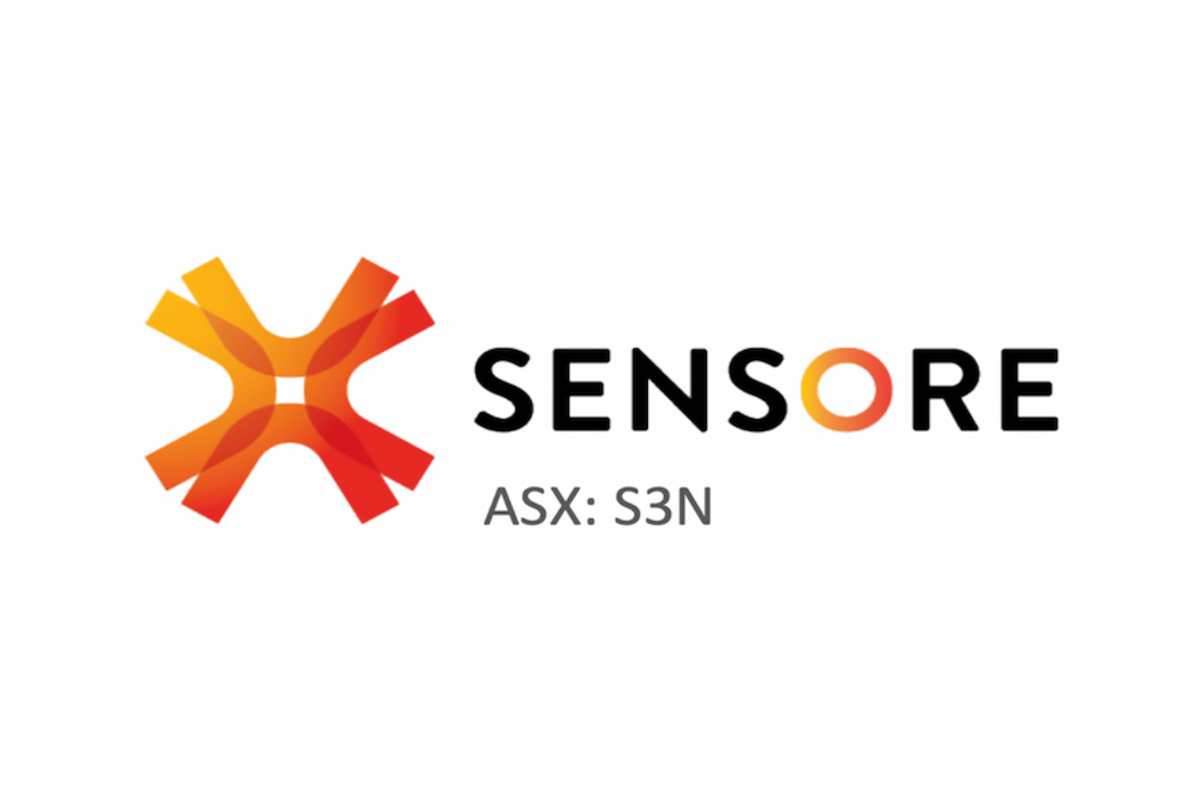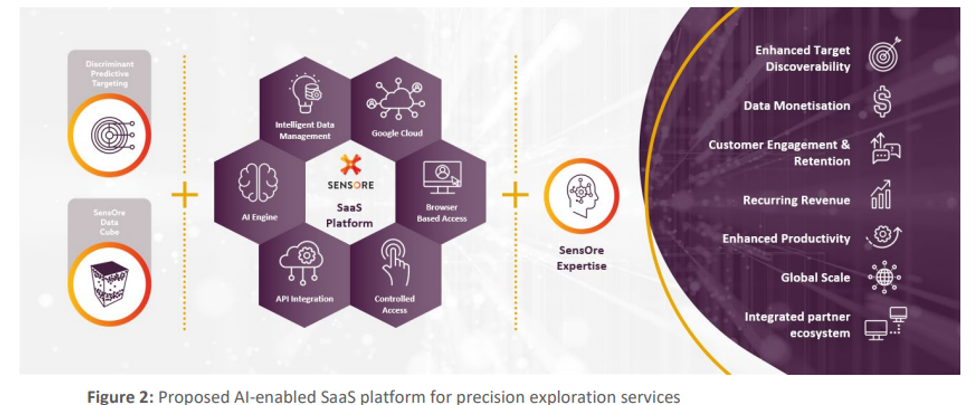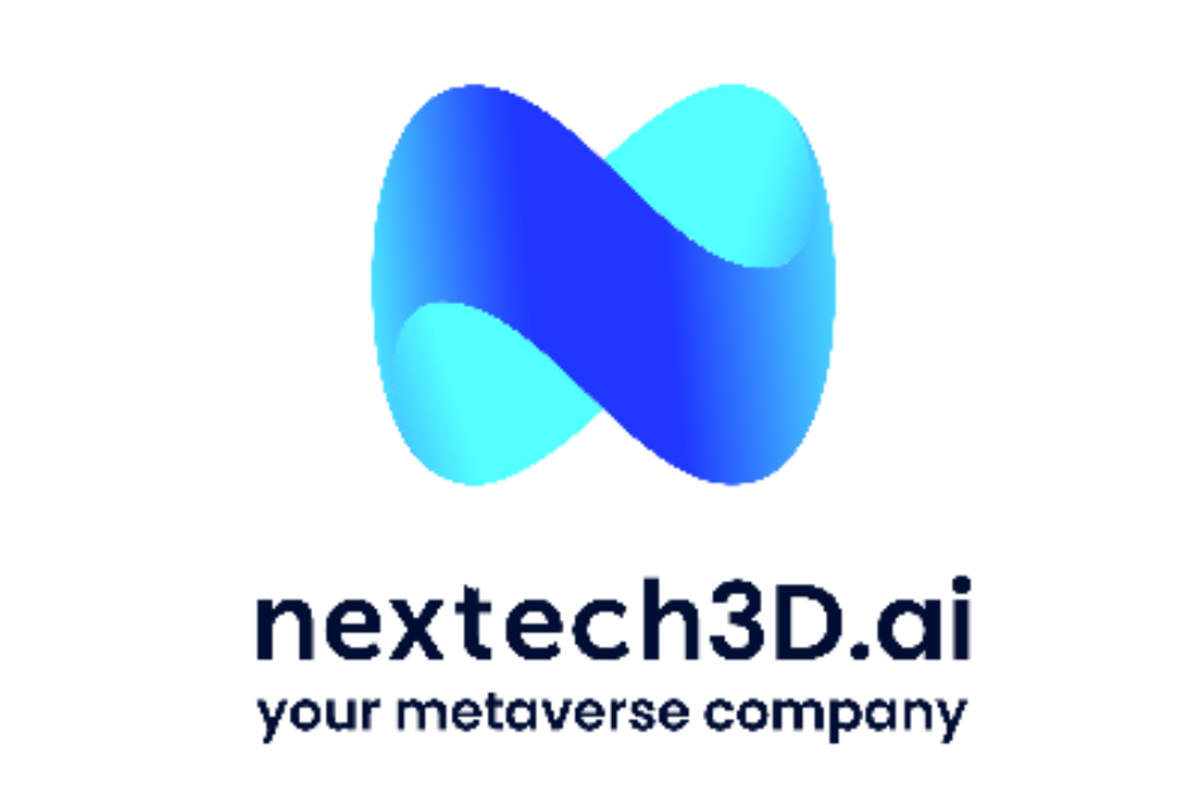
April 26, 2022
SensOre (ASX: S3N) aims to become the top performing global minerals targeting company through deployment of big data, artificial intelligence (AI)/machine learning technologies and geoscience expertise. AI-targets are leveraged through SensOre’s three business divisions: Technology, Services & Exploration.
KEY POINTS
- Major technology platform development project commenced in partnership with CGI and Intrepid Geophysics to unlock value from SensOre’s Data Cube and increase client engagements
- Client engagement milestones reached:
- South Australia prospectivity mapping advanced towards completion (clients: Barton Gold, Hillgrove Resources, Argonaut Resources and Aroha Ltd)
- Barton Gold commissioned for gold and copper DPT® in South Australia
- Deutsche Rohstoff AG joint-venture for lithium exploration
- BHP third and final iteration of nickel joint targeting agreement delivered
- Multiple exploration campaigns commenced at SensOre’s WA projects:
- Mt Magnet North - diamond drilling completed, successfully identifying interpreted mineralised zone at depth, assays expected in late-April
- Balagundi – results confirmed gold anomalism across large sections of the test area
- Boodanoo – first-pass air core drilling completed, assays expected in Q2 CY22
- IPO completed, raising ~$7.5million (before costs) with ASX trading commencing 11 February 2022
TECHNOLOGY
SensOre’s technology applies advances in AI and machine learning to large geoscience datasets to increase discovery rates, reduce exploration costs and minimise the environmental footprint of exploration.
TECHNOLOGY PLATFORM DEVELOPMENT
As announced on 23 March 2022, SensOre signed an agreement with CGI/Unico to expand SensOre’s current client services to a cloud-based SaaS (software as a service) product. The contract is an important step in SensOre’s technology development roadmap. SensOre’s existing proprietary AI-enhanced technology is designed to advance the way companies integrate, interrogate and analyse geoscience data increasing the potential for mineral discovery. It is envisaged that development and deployment of the proprietary platform will open the door to scale the Company’s products and expand SensOre’s capacity to service mineral exploration companies in Australia and overseas, while reducing the Company’s unit cost per engagement. The project will involve using SensOre’s AI-driven technology to create a digital twin of the Earth’s surface, enhancing the way exploration companies identify and analyse mineral exploration targets with a focus on optimising the decision-making process in targeting.
Click here for the full ASX Release
This article includes content from SensOre , licensed for the purpose of publishing on Investing News Australia. This article does not constitute financial product advice. It is your responsibility to perform proper due diligence before acting upon any information provided here. Please refer to our full disclaimer here.
S3N:AU
The Conversation (0)
02 December
Nextech3D.ai Announces Definitive Agreement to Acquire 100% of ARway, Streamlining Operations
Nextech already owns 15million shares or about 40% of the 38 million shares outstanding in Arway Corporation ("Arway") OTCQB: ARWYF / CSE: ARWY TORONTO, ON / ACCESS Newswire / December 2, 2025 / Nextech3D.ai (CSE:NTAR,OTC:NEXCF)(OTCQX:NEXCF)(FSE:1SS), Nextech an AI-first 3D modeling and event... Keep Reading...
28 November
Tech Weekly: Tech Stocks Recover; Meta, Alphabet Reportedly in Partnership Talks
Welcome to the Investing News Network's weekly brief on tech news and tech stocks driving the markets. We also break down next week's catalysts to watch to help you prepare for the week ahead.Don't forget to follow us @INN_Technology for real-time news updates!Securities Disclosure: I, Meagen... Keep Reading...
21 November
Tech Weekly: NVIDIA Earnings Impress, Bezos Launches AI Startup
Welcome to the Investing News Network's weekly brief on tech news and tech stocks driving the markets. We also break down next week's catalysts to watch to help you prepare for the week ahead.Don't forget to follow us @INN_Technology for real-time news updates!Securities Disclosure: I, Meagen... Keep Reading...
21 November
Intention to Explore Dual Listings
Amazing AI plc (AQSE: AAI) - 20 November 2025: AAI is a global fintech group with a Digital Asset Treasury Policy that provides online consumer loans and AI finance-related services. AAI announces that the Company is exploring its options to dual list on the Mauritius Stock Exchange and OTCQB... Keep Reading...
18 November
AI's Infrastructure Boom: Risks, Legal Insights and Innovation
Silicon Valley’s tech giants are pouring hundreds of billions of dollars into artificial intelligence (AI) infrastructure this year, a commitment that has been met with growing anxiety from shareholders. This massive investment, reminiscent of the dot-com boom, has faced skepticism over its... Keep Reading...
18 November
Nextech3D.ai Accelerates Eventdex Integration; Expands AI Matchmaking and Achieves Milestone Production of 800 Interactive Floor Plans in 2025
TORONTO, ON / ACCESS Newswire / November 18, 2025 / Nextech3D.ai (CSE:NTAR,OTC:NEXCF)(OTCQX:NEXCF)(FSE:1SS), an AI-first 3D modeling and event technology company, today announced major milestones across its unified event-tech platform, including accelerated integration of its newly acquired... Keep Reading...
Latest News
Latest Press Releases
Related News
TOP STOCKS
American Battery4.030.24
Aion Therapeutic0.10-0.01
Cybin Corp2.140.00






